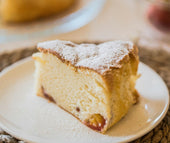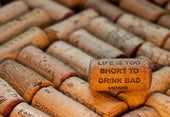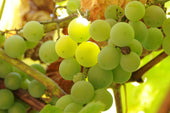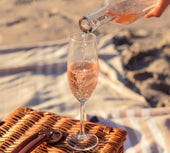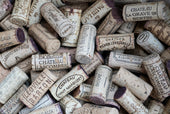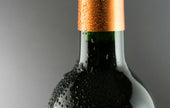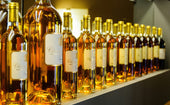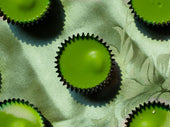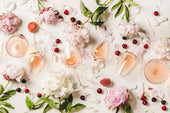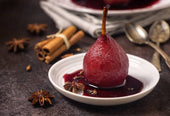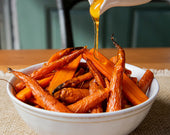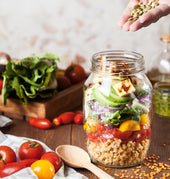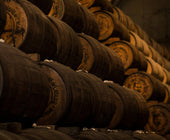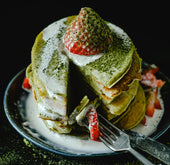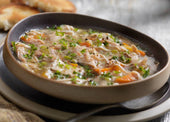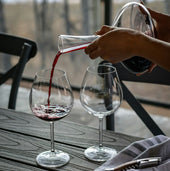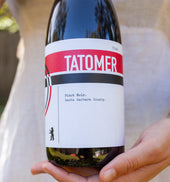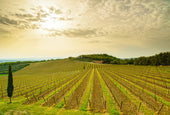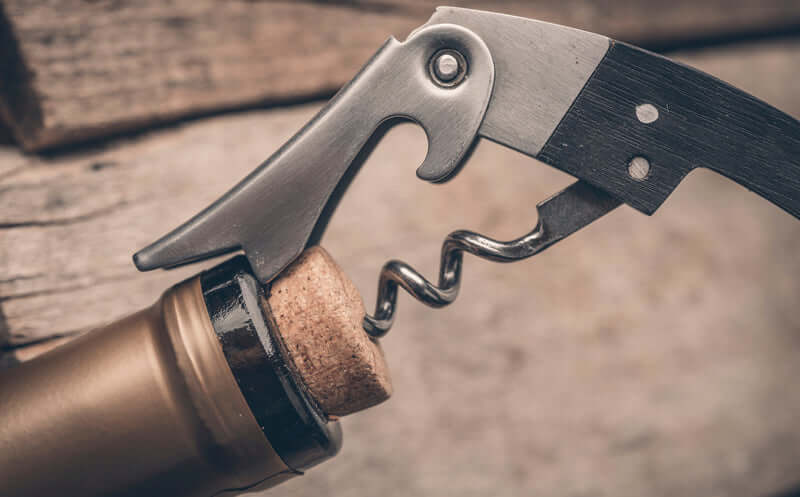
How Long Will Wine Last Once It's Opened?

So you've popped open a bottle of your favorite wine but you only want to enjoy one glass and save the rest for later, have you ever wondered what happens when re-cork the bottle? Or how long will wine last once it's been opened, and how can you ensure it stays enjoyable? Let's explore this question and demystify the lifespan of various wines once that foil seal is broken.
The Clock Starts Ticking: How Long Do Different Wines Last Once Opened?
-
Sparkling Wine: If you've uncorked a bottle of bubbly, it's best to enjoy it within 1 to 3 days. The effervescence that makes sparkling wine so delightful tends to dissipate quickly once the bottle is opened. Best to close with a sparkling wine stopper.
-
Red Wine: Red wine, when re-corked and stored properly, can maintain its quality for 3 to 5 days. Some robust reds may even last up to a week. Store it at a cool temperature to slow down oxidation.
-
White Wine: White wines typically last a bit longer than reds once opened, around 5 to 7 days. Crisp, acidic whites like Sauvignon Blanc tend to hold up better than fuller-bodied Chardonnays.
-
Rosé Wine: Rosé falls somewhere between red and white wines in terms of longevity. Expect it to remain enjoyable for 3 to 5 days after opening. Store it at a cool temperature to slow down oxidation.
-
Sweet Wines: The sugar content in sweet wines acts as a preservative, allowing them to last 7 to 10 days or even longer if stored well.
-
Fortified Wine: Fortified wines like Port or Sherry are quite hardy and can maintain their quality for weeks, even months, if properly stored. Some aficionados enjoy them over several years.
Preserving the Pleasure: How to Store Opened Wine
The key to extending the life of an opened bottle of wine is limiting its exposure to oxygen, which is the primary culprit in wine spoilage. Here's how to do it:
-
Re-cork Tightly: If you have the original cork, use it. Otherwise, invest in a wine stopper designed to create a tight seal.
-
Keep It Cool: Store opened wine in the refrigerator, especially for whites, rosés, and sparkling wines. A wine fridge or a wine-preserving system can be handy for reds.
-
Minimize Air: Remove as much air as possible from the bottle before sealing it. There are vacuum pumps designed for this purpose. We also recommend used a cannister of Private Preserve, it helps remove oxygen from your wine bottle and prevents oxidation.
-
Drink It Soon: The best way to preserve wine is to enjoy it! Invite friends over or plan meals that pair well with the wine to finish the bottle sooner.
Why Does Wine Go Bad?
Wine, once exposed to air, undergoes a process called oxidation. This is a natural chemical reaction that alters the wine's aroma, flavor, and color. The extent of oxidation depends on the type of wine, how well it's sealed, and the conditions in which it's stored. Exposure to light and temperature fluctuations can also speed up the oxidation process.
How Do You Know If an Opened Bottle of Wine Has Gone Bad?
So, how can you tell if your once-vibrant wine has succumbed to the ravages of time and oxygen? Here are some signs:
-
Vinegar Odor: If your wine smells like vinegar or nail polish remover, it's most likely spoiled.
-
Off Aromas: Any unpleasant or musty odors are a huge red flag.
-
Flat Taste: If the wine has lost its flavor, it may have gone bad.
-
Change in Color: A brownish tint in a white wine or an overly dark shade in a red can indicate it's time to dump the wine.
-
Fizz Fizzle: For sparkling wines, the loss of effervescence is a clear indicator.
While an opened bottle of wine won't last forever, you can extend its life with proper storage and enjoy it over a few days or even longer, depending on the type of wine. Just don't wait too long to enjoy that opened bottle of wine!
Contributed by Ray Ibanez, E-Commerce Manager for Plume Ridge Bottle Shop.



